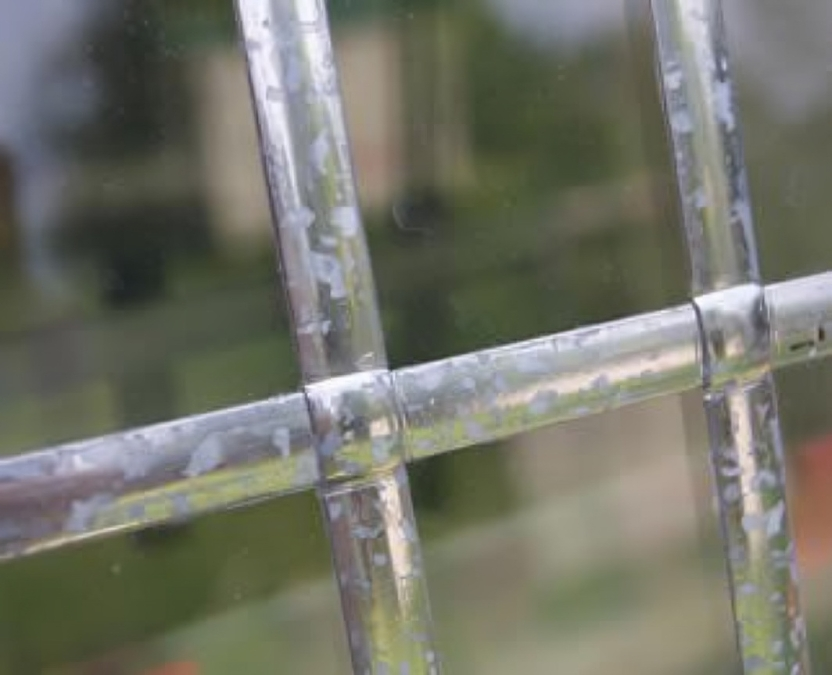Lead Oxidisation
Lead oxidisation causes a dull, cloudy appearance on glass. This is a natural process and doesn’t affect glass performance

Lead Oxidisation: What to Expect with New Leaded Windows
Lead profiles, like any natural product exposed to the environment, undergo a process called oxidation, which leads to a ‘weathered lead’ appearance. This transformation, admired in historic buildings and churches, is a natural and expected part of the lead aging process. Initially, this may cause some concern as the lead changes appearance.
Why Do Changes Occur?
Our lead profiles are made from nearly pure lead, which, despite being alloyed for enhanced performance, reacts with the atmosphere through oxidation. This chemical reaction forms insoluble lead compounds such as lead sulphate, lead sulphide, and lead oxides. These compounds create a protective, non-porous film on the lead’s surface, known as patina, which eventually gives the lead its familiar grey color.
What Changes Are Seen?
In the early stages, the lead may display various colors like blue, bronze, gold, or green, depending on the angle of light, similar to oil spills on wet roads. These colors are optical effects and will fade, leaving a final grey patina. Exposure to moisture, such as rain or condensation, might cause temporary discoloration, spotting, or white powdery deposits (basic lead carbonate) on the glass. This is also normal and will resolve as patination progresses. The powder can be gently wiped off until the process completes.
Treatment
No special treatment is required for the lead profile as patination will occur naturally. After installation, clean the lead surfaces with warm soapy water and a soft cloth. Avoid using abrasive cloths or cleaners on coated leads.
The duration of the patination process varies based on lead purity, location, season, environment, weather conditions, and airborne impurities.
